Back in the ’80s, field trips were adventures where safety guidelines seemed more like friendly suggestions and parental permission slips asked fewer questions. We piled into buses with questionable seatbelts and headed off to destinations that would make today’s lawyers faint. Let’s revisit those glorious excursions that taught us as much about survival as they did about science, history, or art.
1. Factory Tours of Operating Manufacturing Plants

In the ’80s, we routinely visited working factories where huge machines whirred and clanked all around us. We’d walk through bottling plants watching glass containers zip past at eye level, or tour automobile facilities with sparks flying from welding robots. Our only protection? A plastic hairnet and the stern warning to “stay inside the yellow lines.” Good Housekeeping has a list of some carefully supervised factory tours across the country, though they are not necessarily child friendly.
The noise was deafening, the air thick with industrial smells, and the concrete floors slippery with who-knows-what. Teachers would shout instructions over the machinery while we pressed our faces against safety rails to see molten materials or heavy assembly operations. Today’s risk management teams would have heart palpitations at the thought.
2. Walking Field Trips Through City Streets
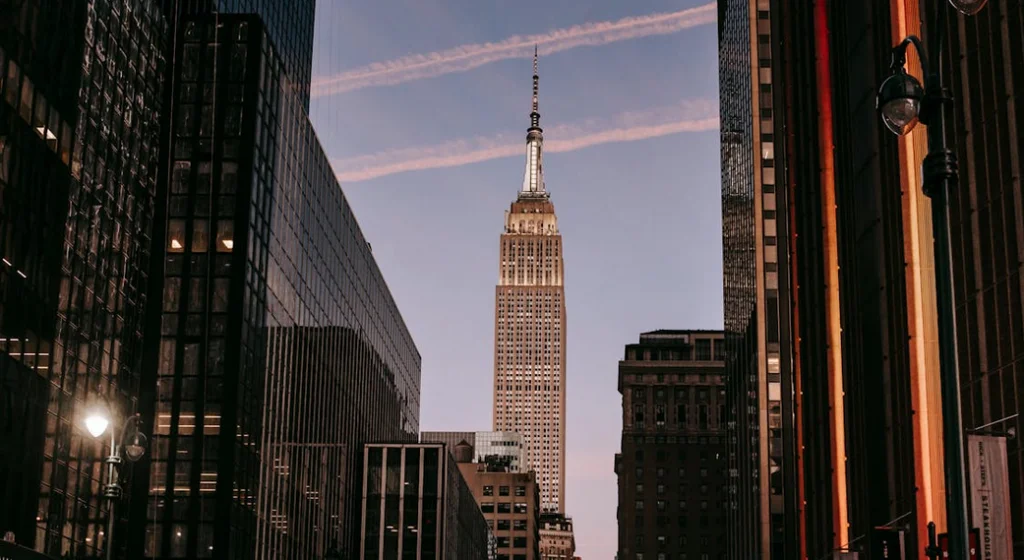
When the budget was tight, teachers would simply march classes through city streets to reach museums or historic sites. Thirty kids would snake along busy sidewalks, crossing multilane intersections en masse while volunteer parents tried to keep count. The buddy system was our only protection against getting lost in urban jungles. Jackrabbit Care has several tips that guides can consider to maintain a safe field trip.
We’d pass construction sites, wait at bus stops with regular commuters, and sometimes take “shortcuts” through alleys that seemed questionable even then. These walks could stretch for miles, regardless of weather conditions, turning education into an endurance test. Today’s requirements for individual student tracking and traffic control would make such trips impossible.
3. Overnight Camping Trips with Minimal Supervision
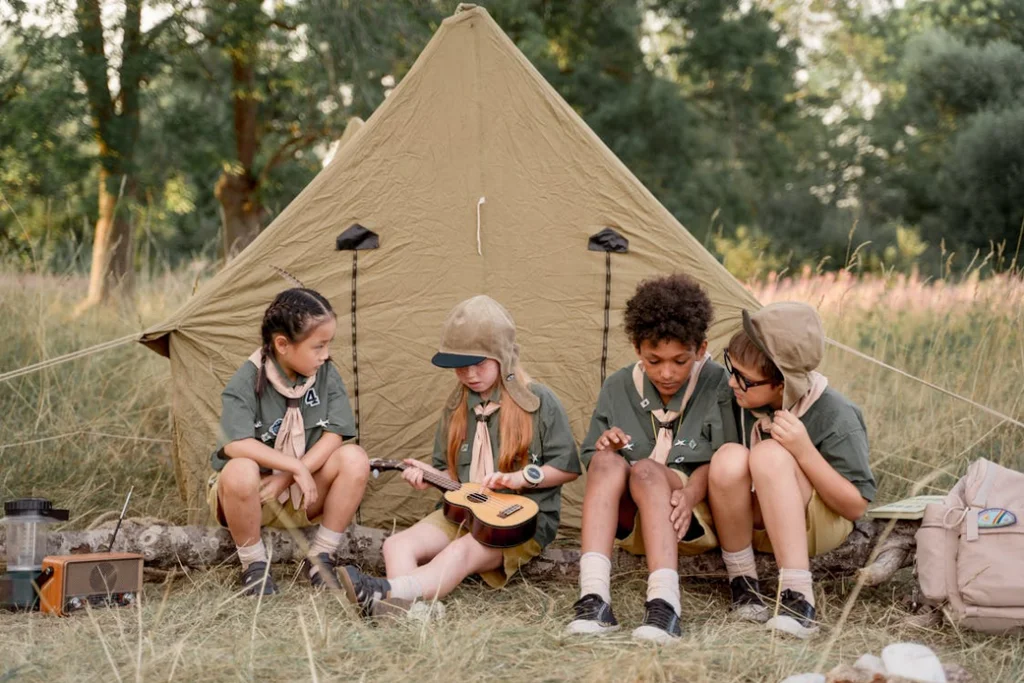
Fifth-grade overnight camps featured cabins that barely passed building codes and nature trails that led directly into wilderness areas. Students were often left unsupervised for hours while teachers prepared meals or had “meetings.” The only first aid available was whatever the school nurse packed in her kit. For anyone else who wants to camp for the fun of it, KOA has some tips for camping in the middle of a school year.
Ghost stories around campfires inevitably led to kids wandering off to prove their bravery. Wildlife encounters were common, and the concept of food allergies was barely acknowledged. Modern camps require medical personnel, certified counselors, and satellite phones—our chaperones had walkie-talkies with dead batteries.
4. Beach Trips with Unsupervised Swimming
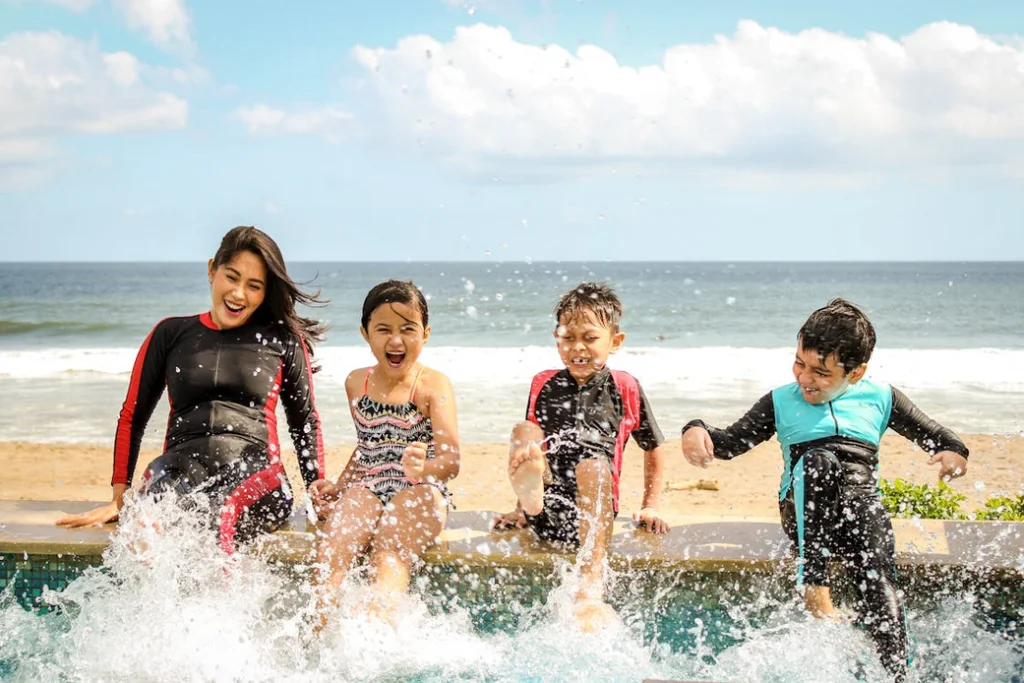
Coastal schools would load buses with kids for beach days where swimming was casually supervised by teachers who couldn’t possibly watch everyone. Undertows, jellyfish, and sharp shells were considered character-building experiences. The red flag warning system was often ignored if it meant disappointing the kids.
We’d body surf in waves that knocked us senseless, explore rocky tide pools with bare feet, and have contests to see who could hold their breath longest underwater. The nearest lifeguard tower was usually a dot in the distance, and cell phones for emergencies didn’t exist yet.
5. Science Center Trips with Hands-On Dangerous Exhibits
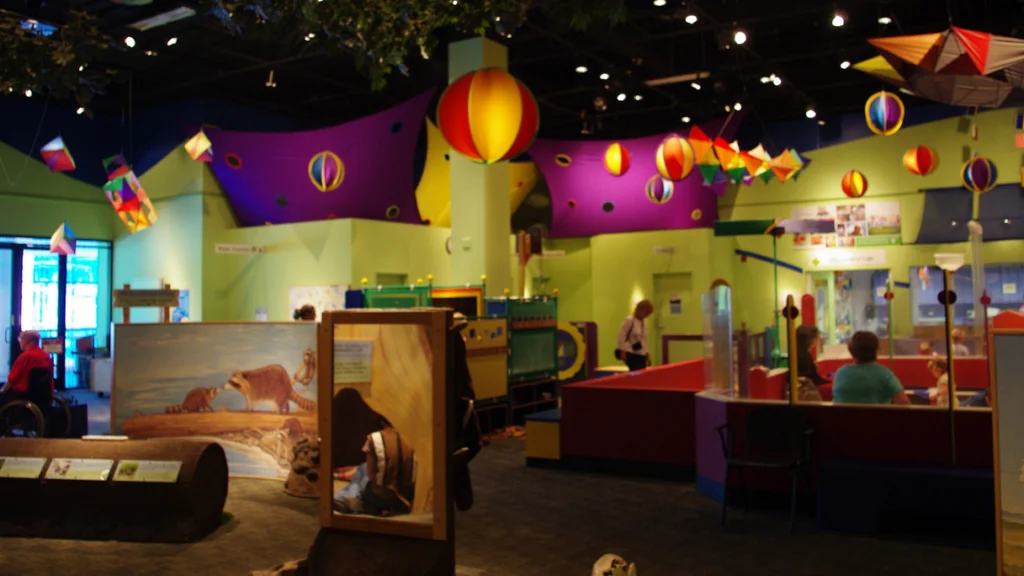
’80s science museums featured exhibits that let kids operate real machinery or conduct chemical experiments with minimal oversight. Van de Graaff generators sent electricity through chains of students holding hands, while chemistry stations let us mix substances that produced smoke, sparks, or small explosions.
These museums had working tesla coils, radioactive ore samples you could touch, and mechanics exhibits that could easily crush fingers. The philosophy seemed to be that understanding physics included experiencing minor electrocution. Today’s interactive exhibits are carefully engineered to prevent even the slightest possibility of injury.
6. Working Farm Visits with Actual Farm Equipment

School trips to working farms involved close encounters with massive animals and heavy machinery. We’d climb onto running tractors, feed animals directly from our hands (tetanus shots be darned), and explore barns filled with sharp, rusty tools. The smell of manure was considered educational rather than a health hazard.
Kids would chase chickens, get kicked by goats, and pet horses without any instruction on proper animal handling. We’d sample unpasteurized milk or freshly laid eggs without anyone questioning food safety standards. These experiences were visceral and memorable, but lawsuits waiting to happen.
7. Roller Skating Rink Trips
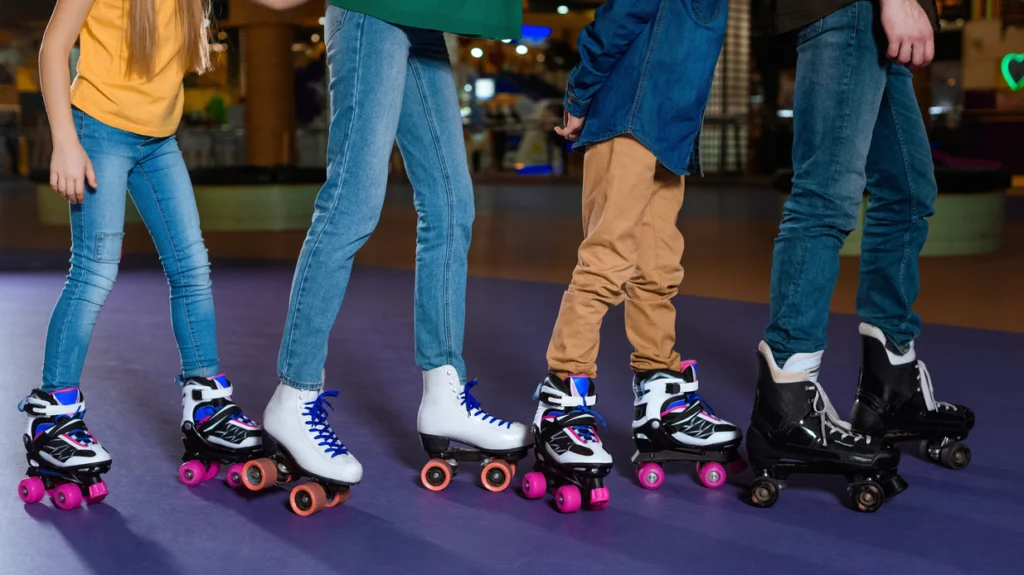
Entire classes would be unleashed into roller rinks with zero skating experience. The wooden floors were hard, the skates rarely fit properly, and supervision consisted of teachers standing on the sidelines hoping for the best. Collisions were constant, and the number of kids leaving in arm slings was considered normal.
The deafening disco music made communication impossible, and the dimmed lights turned the rink into an obstacle course. Kids would play crack-the-whip or race at breakneck speeds while novice skaters clung to walls. Today’s requirements for proper protective equipment and trained supervision would make these trips cost-prohibitive.
8. Multi-Story Building Tours Without Proper Safety Railings

Historical buildings and working high-rises welcomed student groups to explore their upper floors via narrow staircases with minimal railings. We’d crowd onto observation decks with low barriers or peer over internal balconies that would fail modern safety codes. Ancient elevators with operator controls were considered thrilling rather than hazardous.
These tours often included access to rooftops or bell towers where the only protection was a waist-high wall. Teachers would form human chains to keep students from venturing too close to edges, a solution that seems laughably inadequate by today’s standards.
9. Industrial Site Field Trips (Quarries, Lumber Mills)

Local quarries would invite classes to watch dynamite blasts from “safe” viewing areas that were probably too close by modern standards. Lumber mills let kids observe giant saw blades slicing through logs, with sawdust thick in the air and no protective eyewear provided. The potential for hearing damage never crossed anyone’s mind.
We’d collect rock samples from quarry walls or wood chips from mill floors, all while standing near active heavy equipment. The highlight was often watching controlled explosions or massive machinery in action, experiences that taught physics through proximity to danger.
10. Public Transportation Adventures
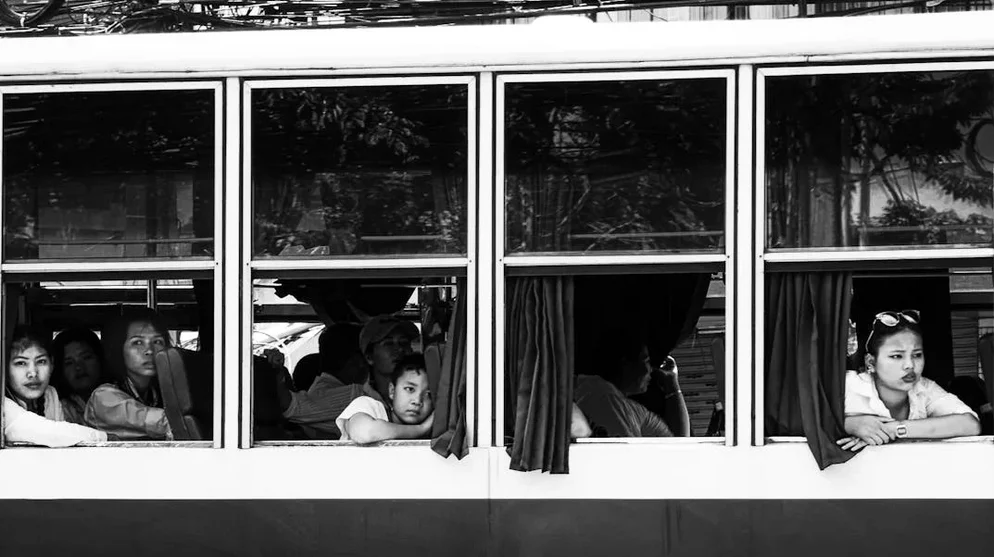
In cities, teachers would pile classes onto public buses or subway trains for transit museum trips or city tours. Students would separate onto different cars or get off at wrong stops, relying on good luck to reunite with their classes. The buddy system was our only safeguard against getting permanently lost in the public transit system.
These adventures included navigating busy terminals during rush hour, squeezing through turnstiles, and learning to read complex route maps on the fly. The chaos of keeping track of thirty kids on moving vehicles seems unthinkable by today’s standards of student accounting.
11. Cave Exploration Trips
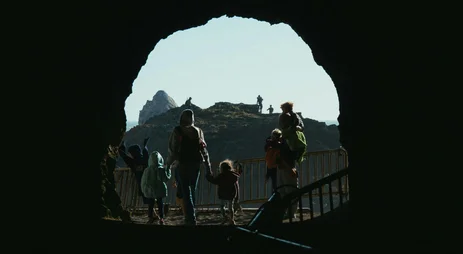
Local caves welcomed school groups to squeeze through tight passages, climb slippery rocks, and experience total darkness when guides turned off their flashlights. Hard hats were optional, and the paths were often unmarked or improvised. Students with claustrophobia were told to “be brave” rather than offered alternatives.
We’d wade through underground streams, touch delicate formations that took millions of years to form, and venture deep enough that exit routes weren’t always obvious. Today’s cave tours are carefully controlled experiences, but ’80s explorations felt like genuine adventures into the unknown.
12. Sports Stadium Tours During Construction
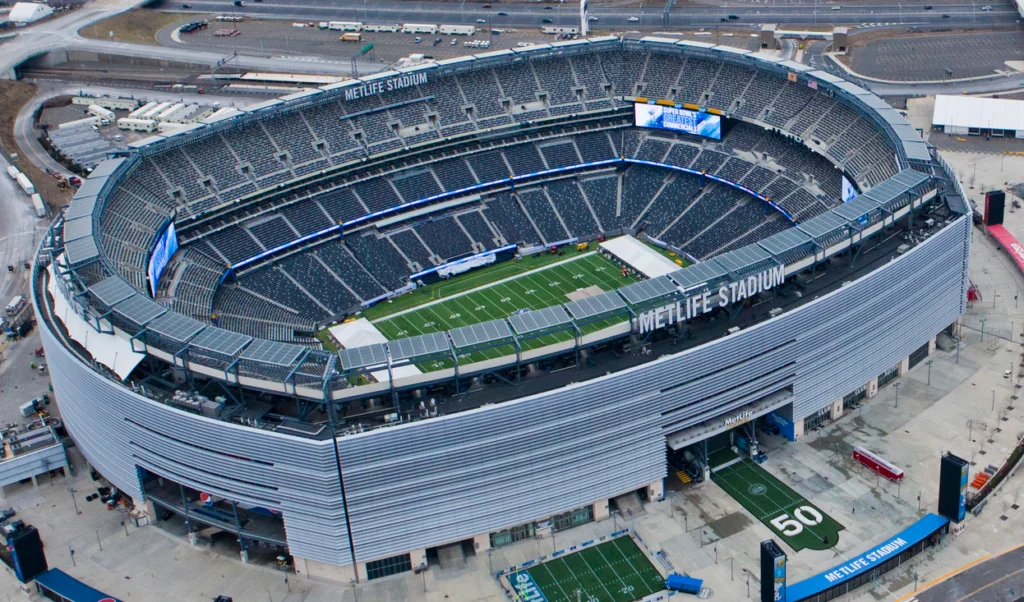
Schools would arrange visits to stadiums under construction or renovation, allowing students to walk through active work zones with minimal protective gear. We’d climb temporary stairs, duck under scaffolding, and step over electrical cables while construction continued around us. The thrill of seeing a stadium’s skeleton made the obvious hazards seem worthwhile.
Hard hats were sometimes provided, but often one-size-fits-all versions that slipped off smaller heads. We’d peer into excavation pits or watch welding work from distances that would horrify modern safety inspectors. These behind-the-scenes glimpses created lasting memories, even if they also created lasting liability concerns.
These field trips embodied the ’80s philosophy that experience was the best teacher, even if that experience occasionally included a few close calls. While modern safety standards have certainly made school excursions safer, there’s something to be said for the raw educational value of those boundary-pushing adventures that shaped a generation’s understanding of risk, reward, and resilience.


